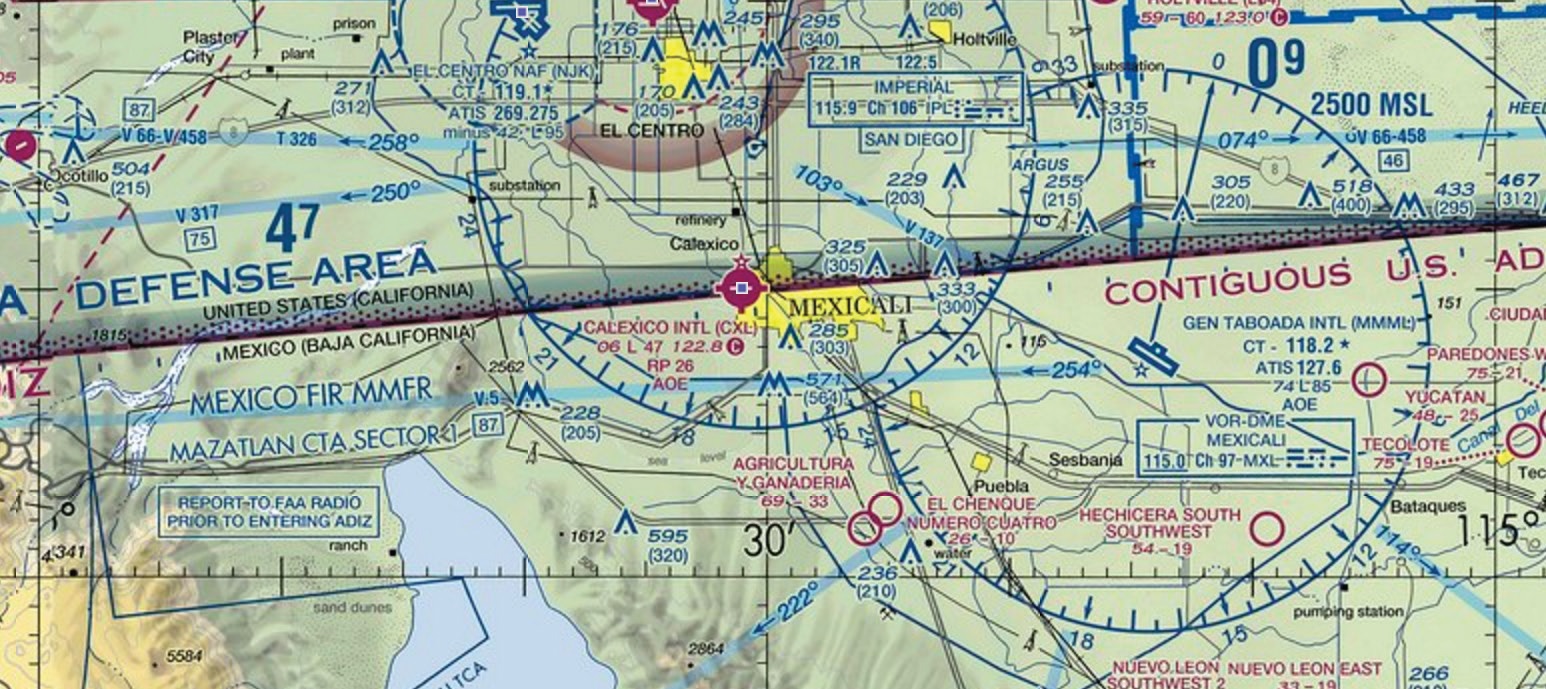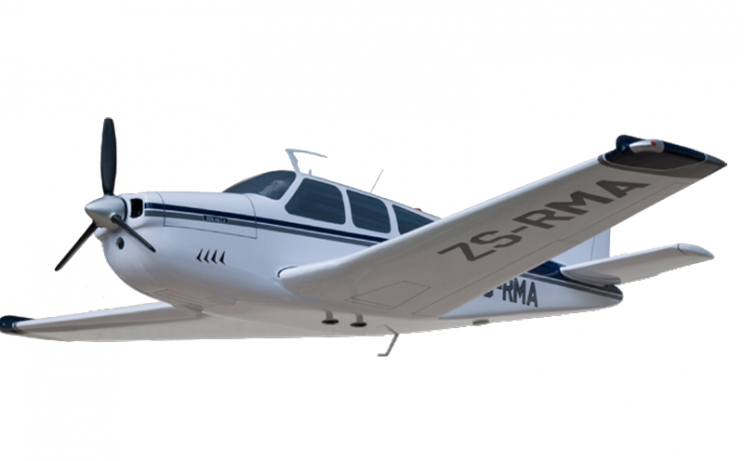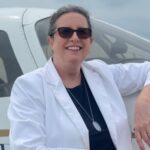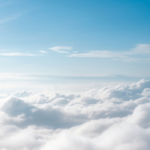[vc_row][vc_column][vc_column_text]
My Introduction to Corporate Flying
By Mike Forth
Dateline 1974… I was the company pilot for a wholesale lumber company. It was a partnership between two super salesmen: one wanting nothing to do with the airplane, the other wanting me to teach him to fly. Different as they were, they were the best when it came to moving lumber.
This was a “business” trip that included a couple of customers and the owner of a trucking company, who owned and flew his own Cessna 182 (a single engine four place aircraft that cruises around 140 mph). We were flying the company’s Beechcraft Bonanza A36 (a six placed, single engine, retractable gear aircraft capable of 200 mpg).
This was my first big trip, having been with the company for two weeks. The trip started off bad and got worse. I had to pick up one of the passengers in Eureka, Calif., turn around and go back to Stockton, Calif., where we met and boarded my employer along with another client.
Once all were on board we departed for Calexico at the U.S. border with Mexico. I flew the entire length of California and then almost half again.
The winds made the trip from Stockton to Calexico just over 4.5 hours, plus the four hours flying to and from Eureka. To say the least, I was whipped, and I felt the beginnings of the flu creeping up on me. We arrived safely in Calexico around 10:30 p.m. with maybe 30 minutes of useable fuel left in the tanks and hooked up with the trucker and his passengers.
After a night’s sleep, it was time for an early departure across the border to Mexicali no more than three miles away. Lying parallel to one another, it was just a hop: take off, two right turns, and you were downwind for a landing in Mexicali to clear customs.
 This was my first trip as pilot-in-command (and no co-pilot) to Mexico. I was so paranoid that when we landed in Mexicali, I not only took all the luggage out of the plane, lining it up for inspection, but I also took the seats out. I was taking no chances. I made my way into the office to hand over the paperwork, get inspected and get out of town as soon as possible.
This was my first trip as pilot-in-command (and no co-pilot) to Mexico. I was so paranoid that when we landed in Mexicali, I not only took all the luggage out of the plane, lining it up for inspection, but I also took the seats out. I was taking no chances. I made my way into the office to hand over the paperwork, get inspected and get out of town as soon as possible.
Sitting at the desk was the largest Mexican man I’d ever seen, dressed in the gray uniform of the Federal Police. I handed him my paperwork as he motioned me to a chair across his desk. He put the papers down on his desk and casually allowed his eyes to roam around the fine cacti art on the walls. We sat for what felt like an eternity until I noticed a pearl-handled pistol lying on the desk with a $20 bill pinned down by its weight.
Oh…he wanted money! So I put a $10 bill under the gun’s handle and watched his eyebrows rise ever so slightly. But he made no move toward the paperwork. I slid another 10 spot under the gun, but still no interest. When I pulled an additional $5 bill out, the paperwork was done before the fiver hit the table. He didn’t look at me, the paper or the plane. He just signed everything and motioned towards the door…Welcome to Mexico.
Once the airplane was re-stuffed, we departed. One of the customers sat up front next to me. As we hit the gulf, I descended to about 100 feet off the water and asked if he’d like to take the controls. He said, “sure” and after some cursory instructions, he was doing pretty well…That is… until he fell asleep! No one told me the guy suffered from narcolepsy. I thought he died! Not knowing if I should land, my boss leaned forward and said, “Don’t worry about him; he’ll wake up in a minute or two.” I flew the rest of the trip.
We landed in Mulege, a small coastal fishing village with a bar cantina designed for a Mexican movie set. The village has since grown into a city and the airport has been moved and improved. I arrived and landed first.
The airport was right on the water; its surface was sand and hard packed dirt, rough with pits and potholes. It ran uphill about 3,500 feet to a 20-foot berm at the other end. If you couldn’t stop, no worries the berm would help out!
Prevailing winds were suggesting I should land downhill towards the water, but I decided it was better to land going uphill even with a tail wind, rather than cross that berm going downhill (you always stop faster going uphill than down). I landed with no problem, and as my passengers headed in for lunch I remained in the airplane, awaiting the Cessna.
About 10 minutes later the Cessna called me on the radio asking about the landing. I explained the winds, my logic and my recommendation, suggesting he use his own judgement. He decided to land into the wind downhill over the berm (and possibly into the water). He slowed the airplane down so slow that when he cleared the berm the sudden and slight wind shift stalled the airplane and it dropped out of the sky from about 30 feet in the air. He hit on the main gear so hard that it knocked the nose wheel off the airplane as it was being propelled skyward again. Hitting the ground once more caused a prop strike. The airplane came to a stop in a cloud of dust and everyone scrambled out, a bit shaken but thankfully unhurt.
When you have an accident in Mexico, it is no simple matter. The airplane wasn’t going anywhere soon. I have to give the owner credit. He didn’t want to mess up the trip for everyone else, so the decision was made that I would fly my passengers to the resort, return and pick up his, so they could enjoy their fishing trip, while he stayed with the airplane.
VFR (visual flight rules) flying in Mexico after dark, in a single engine airplane, was not allowed at that time, so I had to get moving. The resort was about 100 miles south. So I explained to everyone staying behind to keep out of the bar and be ready when I returned; we needed to get back to the resort before sundown. I made the final landing at the resort just about dusk, one more pass and I don’t think I would have made it in. Most of the runways at that time were dirt, unlit and rough, so you had to be extra careful on every approach and touchdown.
By the time I got everyone settled at the resort, I had put in another long day. Thank goodness for that early departure out of Calexico.
Still battling illness the next day, I tried to beg off the fishing trip to spend the day in bed, but the boys were having none of it. Our adventure continued when the engine of our boat quit as we began to head home, leaving us adrift in the middle of the Sea of Cortez! Adding to the excitement, a whale bigger than the boat passed no more than 10 feet along our port side. If he had struck the boat, it would have sunk us for sure. Fortunately, after drifting for about two hours, with evening fast approaching, another boat suddenly appeared and towed us to shore.
When it was time to fly home, we had too many passengers. I would have had to fly back and forth if it were not for the kindness of a couple who offered to drop two of our guys in San Diego where they could catch a commercial flight home.
Aside from stopping in Mulege to check on our wayward trucker and a quick stop in Loreto for fuel, we headed back, but not before one more pratfall.
Air Traffic Control in Mexico then was almost non-existent. You were required to file a “round robin” flight plan, with your intended destination including your planned return, estimated departure date, time and course. Having done all that, we were on our way home.
Monitoring an open frequency on the radio, I heard my tail number being asked for a response. So I called back, and they (whoever it was) told me my flight plan was invalid and I must land in Bahia de Los Angeles to clear it up. A look at the chart revealed there was nothing for miles around Bahia de Los Angeles, so I decided to keep going and let the radio operator on the ground know we would clear it at the border. Interestingly,, I never heard another word from ATC or customs. Makes one wonder…doesn’t it?
 I learned a lot from that first trip, and didn’t desire to go back. Of course, I did fly back several times, but fortunately in much bigger, faster airplanes.
I learned a lot from that first trip, and didn’t desire to go back. Of course, I did fly back several times, but fortunately in much bigger, faster airplanes.
The Cessna was recovered about two months later after it was disassembled and trucked to Northern California. I guess it pays to own a trucking company.
[/vc_column_text][/vc_column][/vc_row]









